Limitations and Energy Consumption Issues of Traditional Heating Methods
Can you imagine an iron rod being heated to red in just one or two seconds? Or any metal being quickly heated to its melting point? This is a method that humans currently know and have mastered as the fastest direct heating method—high-frequency induction heating.
Typically, people heat objects by either burning coal, oil, gas, etc., to produce heat or by using electrical appliances like electric stoves to convert electrical energy into heat. This heat is then transferred to the object needing to be heated through heat transfer methods (thermal conduction, thermal convection, thermal radiation), achieving the purpose of heating the object. Since these methods involve the object absorbing external heat to increase its temperature, they are considered indirect heating methods.
We know that the natural law of heat transfer is that heat always transfers from high-temperature areas to low-temperature areas, from high-temperature bodies to low-temperature bodies, and from higher temperature parts to lower temperature parts. Therefore, only when the external heat and temperature are significantly higher than those of the object being heated can the object be effectively heated. This requires a lot of energy to establish a high-temperature zone that is much higher than the heat needed by the object being heated, such as furnaces and ovens.
In this way, not only does a small portion of this heat actually transfer to the object being heated, causing a significant waste of energy, but also the heating takes a long time and produces a large number of harmful substances and gases during the combustion and heating process. These substances can cause corrosive damage to the object being heated and pollute the atmosphere. Even when using electric stoves, although they are pollution-free, there are still drawbacks such as low efficiency, high cost, and slow heating speed.
Advantages of High-Frequency Induction Heating
Scientific progress and development have allowed us today to use efficient, fast, and highly energy-saving and environmentally friendly methods to heat both metallic and non-metallic objects. This is known as direct heating.
For non-metallic objects, microwave heating can be used at a working frequency of about 240 MHz or above, causing the molecules and atoms inside to vibrate and friction billions of times per second. For metallic objects, medium and high-frequency induction heating can be used with a working frequency ranging from a few kilohertz (kHz) to hundreds of kHz or more. Low-frequency induction heating, such as industrial frequency 50 Hz, can also be used.
Medium and high-frequency induction heating converts industrial frequency (50 Hz) alternating current into alternating current with a frequency between 1 kHz and hundreds of kHz or higher. Using the principle of electromagnetic induction, it is converted into a magnetic field of the same frequency through an inductive coil, which then acts on the metallic object in the magnetic field. Through the eddy current effect, an induced rotating current (eddy current) proportional to the magnetic field's strength is generated in the metallic object. This rotating current, aided by the electrical resistance inside the metallic object, converts it into heat energy. Additionally, there are hysteresis, skin, and edge effects that can generate a small amount of heat, collectively causing the metallic object's temperature to rapidly rise, achieving rapid heating.
The skin effect of high-frequency current can cause the eddy currents in the metallic object to concentrate on the surface layers as the frequency increases. Thus, by controlling the working current's frequency, the heating depth of the metallic object can be controlled. This can improve processing technology and ensure energy is fully utilized. When used for red punching, hot forging, or overall annealing of workpieces, which require significant heating depth, the working frequency can be lowered. During surface hardening and other heat treatments, which require smaller heating depth, the working frequency can be increased. Additionally, for smaller workpieces or tubes and plates, high-frequency heating is chosen, whereas, for larger workpieces, medium-frequency heating is preferred.
Because induction heating is fast and non-contact (the heated object does not need to touch the induction coil), it results in less oxidation compared to other heating methods, and gas protection can be easily implemented if necessary.
Intelligentization of High-Frequency Induction Heating Equipment
The rapid development of electronic technology has allowed electronic components to significantly improve in quality, performance, and reliability while also becoming more miniaturized and compact. This provides better conditions and space for the development of induction heating technology. Reliable, stable, and anti-interference digital circuits are more widely used in generating and processing small signals, control and protection, adjustment, and display.
In terms of power elements, there has been a progression from high-energy-consumption, low-efficiency, high-voltage, and high-radiation electronic tubes to thyristors, MOSFETs, and finally to IGBTs (Insulated Gate Bipolar Transistors). The overall power utilization rate of the equipment has increased to more than 95% (compared to about 60% for electronic tubes), and cooling water use has been reduced by about 60% compared to electronic tube products. Continuous operation for 24 hours without interruption can be achieved, allowing normal use during the day and work during the discounted off-peak electricity periods at night.
Induction heating has the advantages of low energy consumption, electricity savings, fast heating speed, no pollution, no noise, no need for preheating, reduced oxidation, ease of gas protection, automatic control, multiple intelligent protections, safety, reliability, ease of operation, and the capability for uninterrupted continuous work.

 en
en  cn
cn  jp
jp  ko
ko  de
de  es
es  it
it  ru
ru  pt
pt  th
th  vi
vi  pl
pl 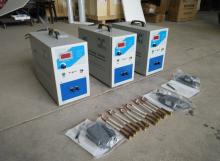
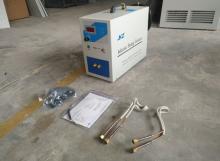
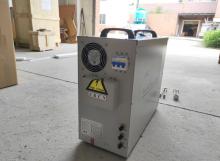
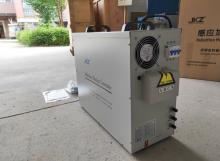
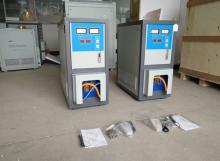
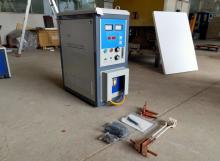
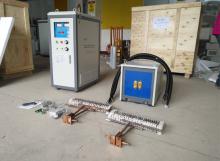
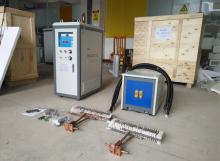
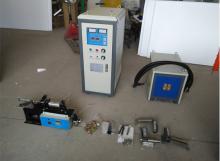
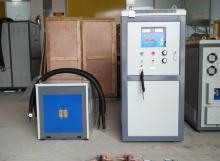
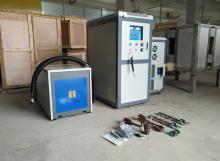
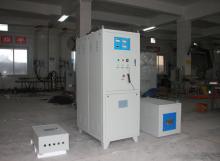
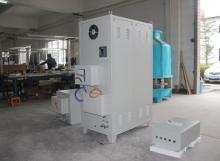
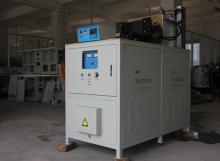
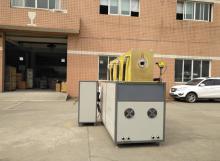
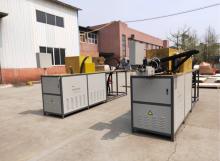
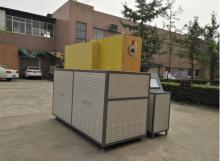
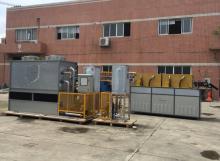
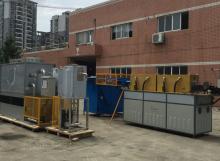
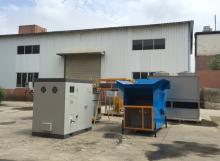
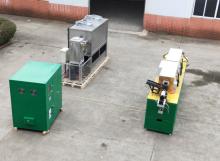
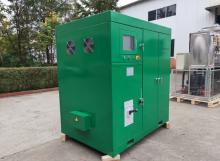
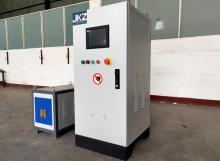
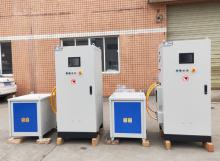
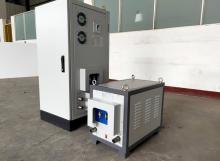
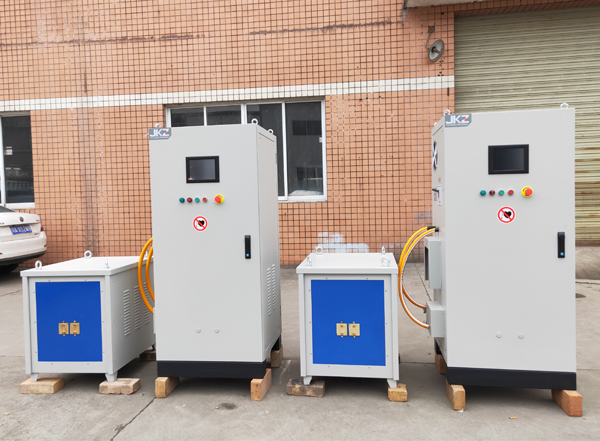
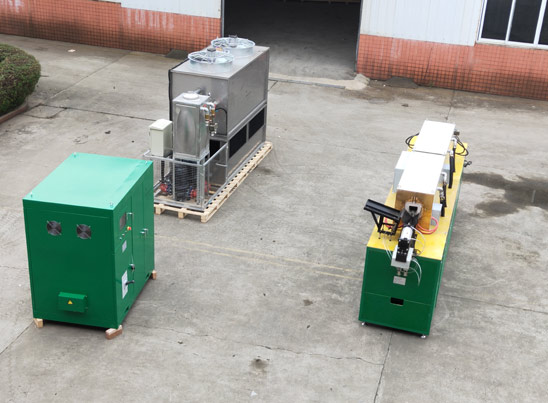
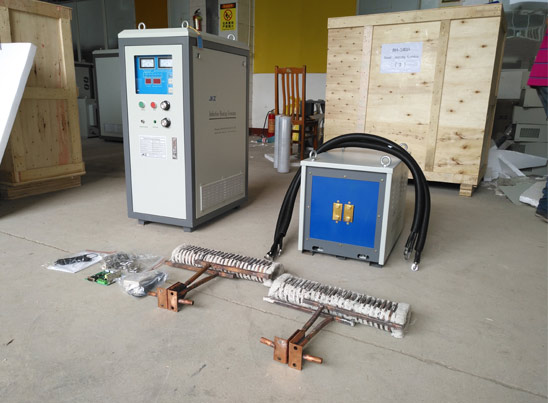
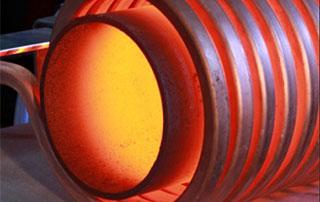



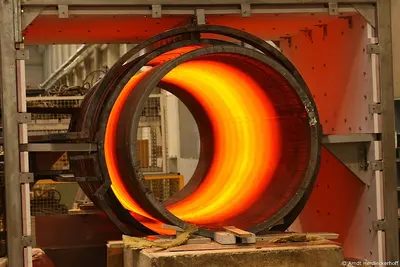
 Call us on:
Call us on:  Email Us:
Email Us:  NO. 688th South Baoguang Road, Xindu District, Chengdu City, Sichuan Province, China
NO. 688th South Baoguang Road, Xindu District, Chengdu City, Sichuan Province, China